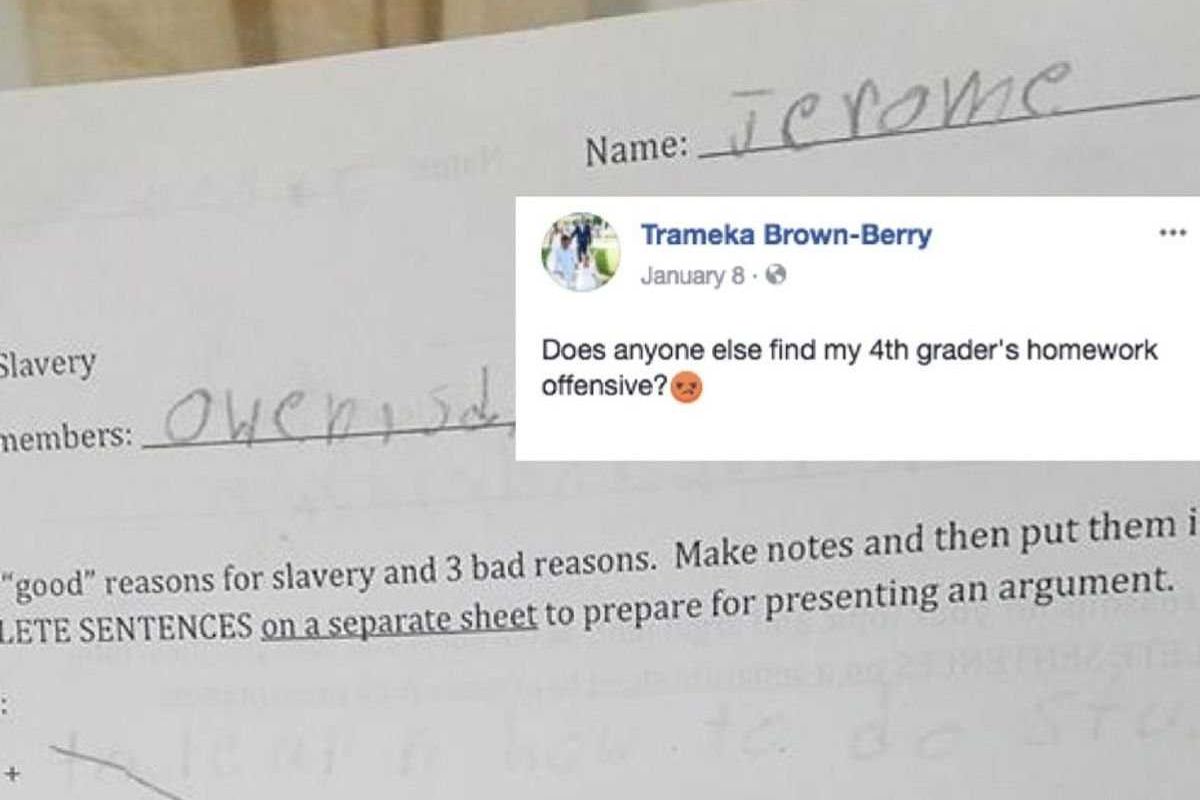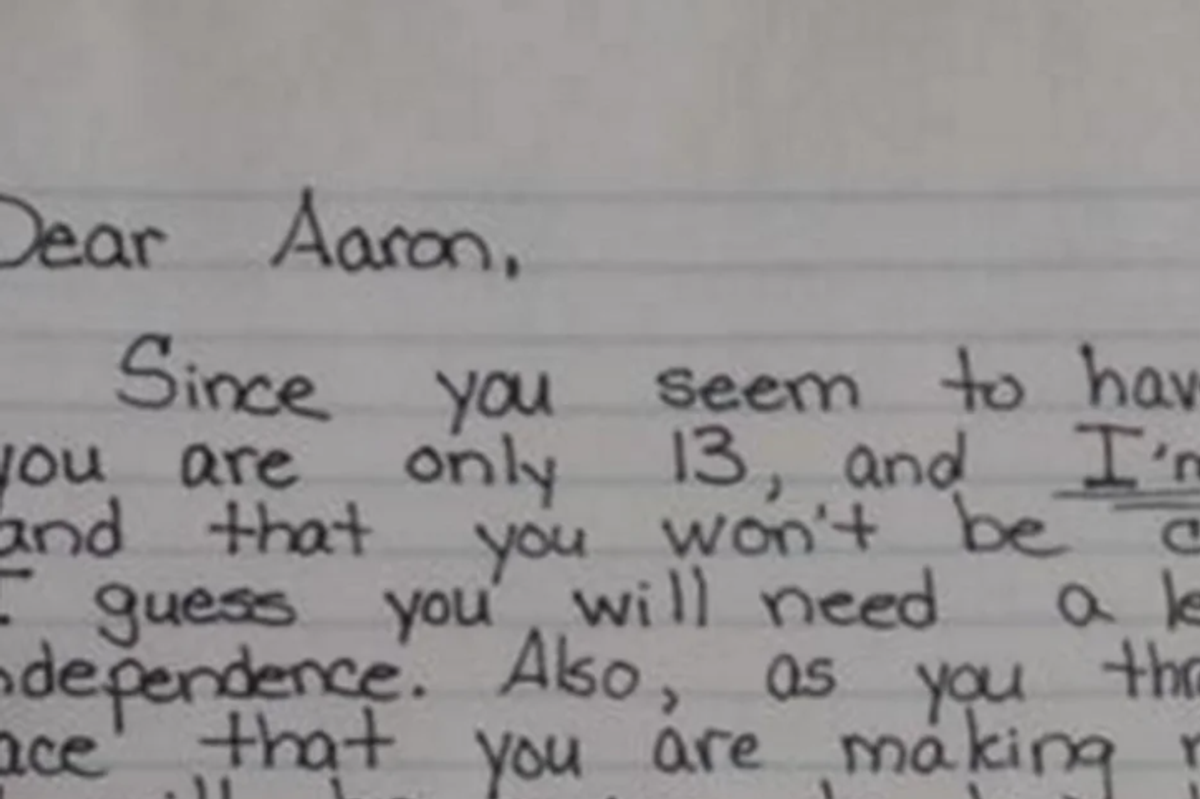Firefighters are killed every year by wildfires. These scientists want to change that.
In November 2016, huge forest fires swept through eight southern states in the U.S.
They burned more than 119,000 acres and shrouded regions from Alabama up to West Virginia in smoke. Parks shut down, residents evacuated, and more than 6,300 firefighters were deployed to the area to try to contain these raging fires.
As devastating as these fires were, wildfires are actually pretty common. On average, the United States sees more than 100,000 wildfires every year — in fact, the U.S. Wildfire Tracker shows 45 large fires burning in the United States at the time of this writing.
Embers fly around a firefighter at the Sherpa Fire of June 2016 near Santa Barbara, California. Photo by David McNew/AFP/Getty Images
This means that right now, firefighters are putting their lives on the line as they respond to wildland fires. And because of climate change, the fires are becoming more frequent, intense, and long-burning — making them even more dangerous to the men and women whose job it is to try and put them out.
In July 2013, 19 firefighters were killed in an Arizona wildfire at Yarnell Hill, the worst wildfire tragedy in U.S. history since 1933.
An aerial view of the charred landscape after a wildfire swept through the area on July 7, 2013 in Yarnell, Arizona. Photo by Laura Segall/ Getty Images.
When firefighters are overrun by flames and there is nowhere to escape, as was the case at Yarnell Hill, they have one last-ditch survival tool at their disposal: portable fire shelters.
These emergency shelters have been standard issue for wildland firefighters since 1977. They look a little bit like an aluminized sleeping bag, and they are made of layers of fire-resistant materials, such as fiberglass and silica fabrics, with a reflective outer shell. The current models are designed to withstand radiant heat temperatures of about 500 degrees Fahrenheit to shield against intermittent flames and trap breathable air.
So, if there is no other option available, the firefighters deploy one of these shelters — they only take about 20 seconds to open — climb inside, strap themselves in, and lie face-down to the ground, feet towards the flames. Then, they try to ride out the fire.
A portable shelter used by firefighters as a last-resort safety precaution. Image via NC State/YouTube.
If flames don't come into direct contact with the shelters, these shelters can provide precious minutes of protection. But if flames do directly contact them, they don’t hold up long. And, sadly, they were not enough to save the firefighters at the Yarnell Hill wildfire.
Roger Barker and his colleagues at the Textile Protection and Comfort Center have worked closely with first responders for decades, but after this tragedy, they decided to try and help.
With funding from FEMA, they set about improving these shelters by developing new fire-resistant materials in their laboratory.
"This is one way that our research could have a real potential benefit in terms of helping protect them and perhaps even save some lives," Barker says.
Of course, this is no easy task.
A laboratory test at NC State. Image via NC State/YouTube.
Any new material has to be light and easily deployable, Barker explains. It also has to insulate so that the temperature of the air inside the shelter stays breathable. It needs to protect the firefighters not only from the radiant heat of the fire close to the shelter, but it also needs to hold up — at least for a few minutes — if flames actually reach the shelter. It also can't release any toxic fumes or gases as it heats up.
"We obviously can’t make anything that you could carry around be [completely] fire-proof," Barker says. But if you can make something hold up for a few minutes (instead of seconds) if it catches fire, he explains, "that would make all the difference for their survivability."
A camera view of the inside of a shelter during a lab test. Image via NC State/YouTube.
The team made several new materials and tested them. The first trials involved only small swatches, then they built entire prototype shelters and tested them inside a simulator — called the Fire Dome — that produces a fireball over 2,000 degrees and big enough to engulf the whole shelter.
So far, the materials they made are holding up.
"We've come up with several candidates of materials. We've fabricated them, and we've tested them," Barker explains, "and so far, we are really pleased with the results that we're seeing."
Next, he says, they need to test their prototypes in the field.
A view of one of the field tests of the new materials. Image via NC State/YouTube.
Working alongside NC State's College of Natural Resources and firefighters, the team plans to test their materials and prototype shelters during controlled or prescribed fires to see how they hold up in as realistic of conditions as possible.
These tests will give the researchers insight into what the conditions are like in an actual forest fire.
In fact, they have already observed a few smaller-scale tests in forests during prescribed burns over a nine-week intense summer camp, and the have learned a lot from their close partnership with working firefighters who actually use these shelters.
"These are human lives. That’s what’s important to realize. You work in a laboratory, but it affects real people," John Morton-Aslanis, a research associate at the textile center, emphasized.
A firefighter approaches a wildfire in the Santa Cruz Mountains in California in September 2016. Photo by Josh Edelson/AFP/Getty Images.
"This is an extremely important project," said Joe Roise, professor of forestry and environmental resources at the College of Natural Resources. "And if we can get a better product out for them to use, it will change the situation across not just North America, but across the world."
- National Guard helicopter pilots rescued campers trapped on all sides by deadly fires - Upworthy ›
- A 'sister city' in Mexico has sent volunteer firefighters to help with Oregon blazes - Upworthy ›
- Daughter of Firefighter Killed in Fire Station Shooting Graduates High School Wearing her Father's Jacket - Upworthy ›




 Family moving into a new home.
Family moving into a new home.  Driving Road Trip GIF by Rosen Hotels & Resorts
Driving Road Trip GIF by Rosen Hotels & Resorts 
 Baby boomers are a fascinating and endearing group.
Baby boomers are a fascinating and endearing group.  An average boomer's basement. Photo by
An average boomer's basement. Photo by  They love to scare their adult children with dramatic texts.
They love to scare their adult children with dramatic texts.  Boomers love to talk about random people who have died, and large-scale tragedies.
Boomers love to talk about random people who have died, and large-scale tragedies.  Boomers love staying at home for no good reason.
Boomers love staying at home for no good reason.  If it can't be held in their hand, they don't trust it.
If it can't be held in their hand, they don't trust it.  They'll keep food for way, way too long.
They'll keep food for way, way too long.  They still hold onto outdated gender stereotypes. Photo by
They still hold onto outdated gender stereotypes. Photo by  This is the generation that invented TV as background noise.
This is the generation that invented TV as background noise.  They love intensely tracking a thunderstorm via The Weather Channel
They love intensely tracking a thunderstorm via The Weather Channel 
 "
"
 Teaching teenagers about real-life consequences isn't easy. Photo by
Teaching teenagers about real-life consequences isn't easy. Photo by  Kids need to be reminded, sometimes, of how much they still depend on mom. Photo by
Kids need to be reminded, sometimes, of how much they still depend on mom. Photo by